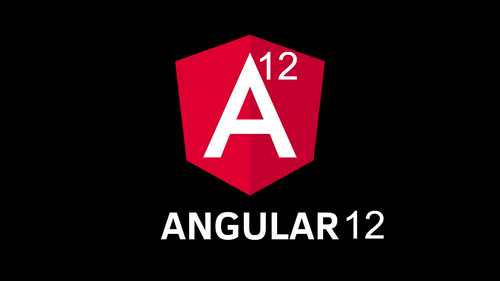In the realm of web development, creating forms that collect accurate and valid data is paramount. Email validation, in particular, is a crucial aspect of ensuring data integrity. In this comprehensive guide, we will explore email validation patterns in Angular 12, providing you with expert insights, best practices, and actionable tips to build robust email validation forms for your Angular applications.
Understanding the Importance of Email Validation in Angular 12
Angular 12, the latest iteration of the popular web application framework, continues to empower developers with new features and enhancements. However, email validation remains a fundamental task in web development. Validating user-provided email addresses is essential for several reasons:
Data Accuracy: Accurate email addresses ensure that you can reliably communicate with users and that the data collected is error-free.
Security: Valid emails are crucial when sending sensitive information, like account details or password resets, as they prevent unauthorized access.
User Experience: Prompting users to enter valid email addresses helps streamline the registration and login processes, enhancing the user experience.
Built-in Email Validation in Angular 12
Angular 12 simplifies email validation with built-in features. The Validators class provides a set of pre-built validation functions, including email validation. Here's how you can use it:
import { FormControl, Validators } from '@angular/forms';
// Create a form control with email validation
const emailFormControl = new FormControl('', [
Validators.required,
Validators.email,
]);
In this example, we create a form control for email input and apply the Validators.email validator to ensure that the entered value is a valid email address.
Custom Email Validation Patterns in Angular 12
While Angular 12's built-in email validator is powerful, there are cases where you may need custom email validation patterns to meet specific project requirements. Let's explore how to create custom validators for email addresses:
import { FormControl, Validators, ValidatorFn } from '@angular/forms';
// Custom email validator function
function customEmailValidator(): ValidatorFn {
return (control: FormControl): { [key: string]: any } | null => {
const valid = /* Your custom validation logic here */;
return valid ? null : { invalidEmail: { value: control.value } };
};
}
// Create a form control with custom email validation
const emailFormControl = new FormControl('', [
Validators.required,
customEmailValidator(),
]);
In this example, customEmailValidator is a function that returns a custom validator function. You can implement your validation logic inside this function, allowing you to define specific email validation patterns.
Common Email Validation Patterns
Creating a custom email validation pattern can be a complex task. However, understanding common patterns can guide you in the right direction. Here are some widely accepted email validation patterns:
Basic Format: The email must contain an "@" symbol, followed by a domain name.
Top-Level Domain (TLD): Validate that the TLD (e.g., ".com," ".org") contains only letters and is within a certain length range.
Username: Ensure that the username portion of the email adheres to specific rules, such as no special characters or spaces.
Domain Name: Validate the domain name for correct characters and structure.
Full Length: Check that the email address as a whole meets length restrictions.
Remember that email validation patterns can vary depending on your project's requirements, so it's essential to adapt them accordingly.
Best Practices for Email Validation in Angular 12
Use Angular's Built-in Validators: Whenever possible, leverage Angular's built-in validators for email validation to ensure consistency and compatibility with the framework.
Implement Custom Validation with Care: If custom validation is necessary, thoroughly test and validate your patterns to avoid false positives or negatives.
Provide Clear Error Messages: Inform users of email validation errors with clear, user-friendly error messages that guide them toward valid input.
Use Reactive Forms: Consider using Angular's reactive forms approach for building complex forms with email validation, as it offers better control and flexibility.
Frequently Asked Questions
Is email validation necessary for all web forms?
Email validation is essential for forms where you collect email addresses to ensure data accuracy and enhance security.
Can I use third-party libraries for email validation in Angular 12?
Yes, you can use third-party libraries or plugins for email validation, but be cautious and ensure they align with your project's requirements and security standards.
What is the difference between Angular 12's built-in email validation and custom validation patterns?
Angular's built-in email validation is convenient for standard cases, while custom validation patterns allow you to define specific rules tailored to your project.
Are there any performance considerations when implementing email validation in Angular 12?
Performance impact is generally minimal for email validation. Focus on efficiency when implementing custom validation patterns for complex forms.
In conclusion, mastering email validation patterns in Angular 12 is a critical skill for web developers. Whether you rely on Angular's built-in validators or create custom patterns, ensuring data accuracy and security is a top priority. By following best practices and understanding common validation patterns, you can create robust email validation forms that enhance user experiences and contribute to the success of your Angular applications.



